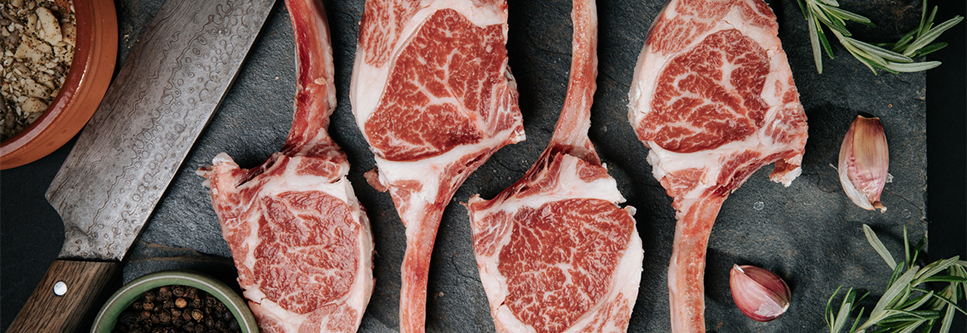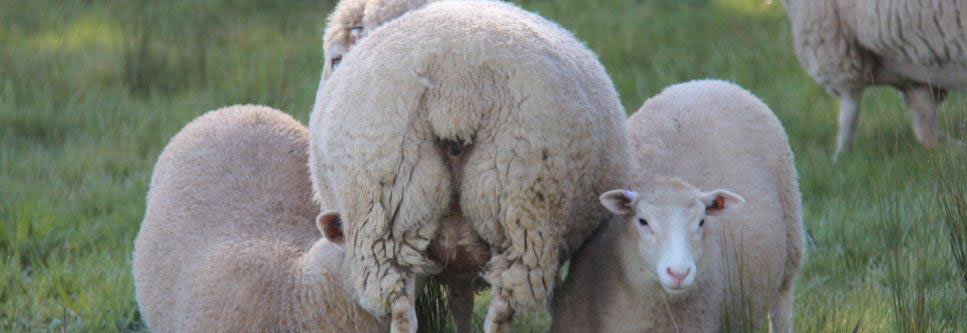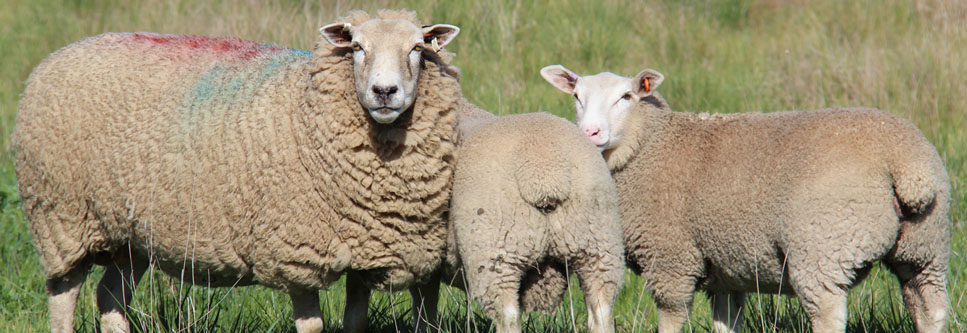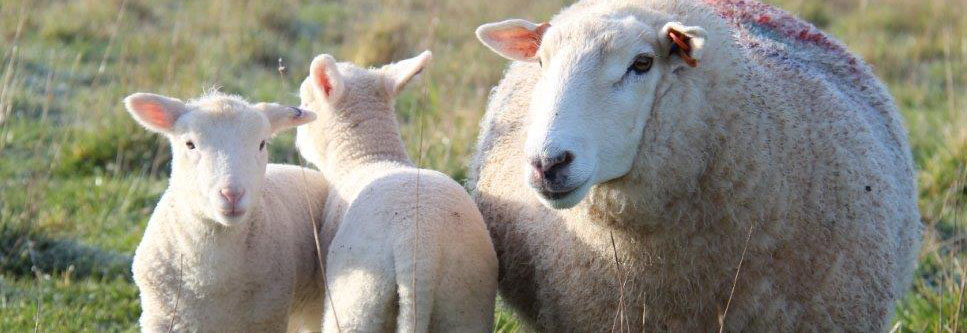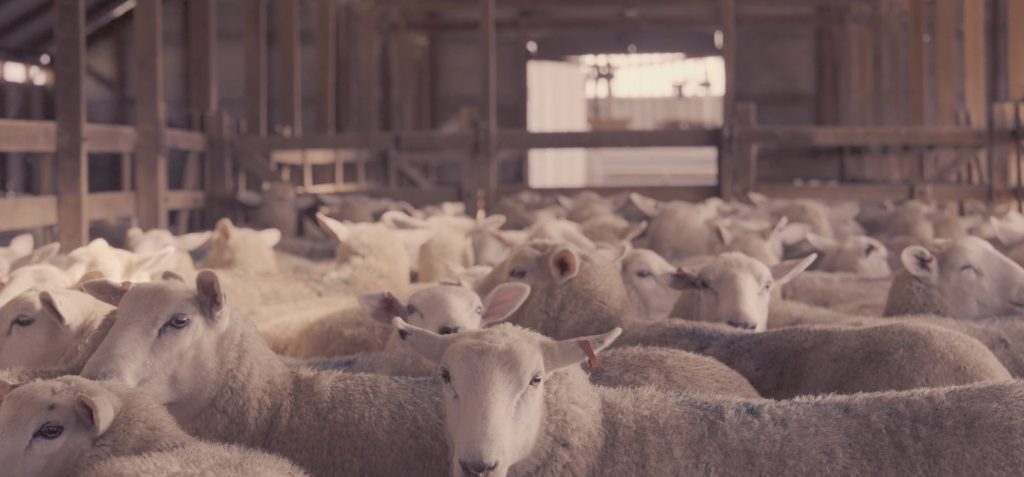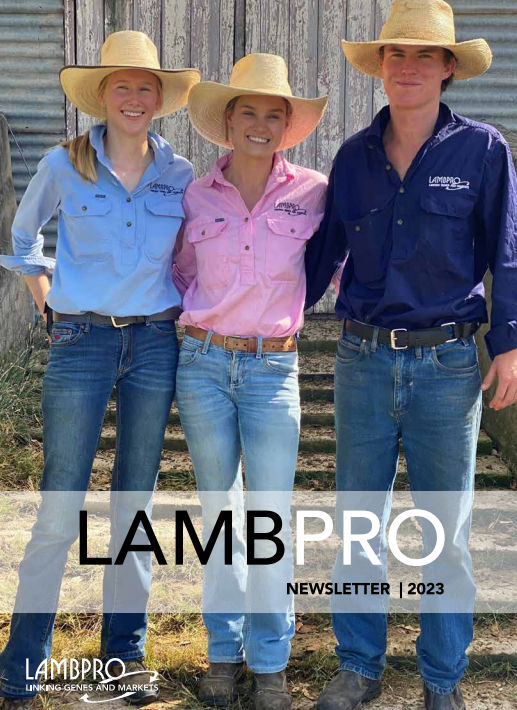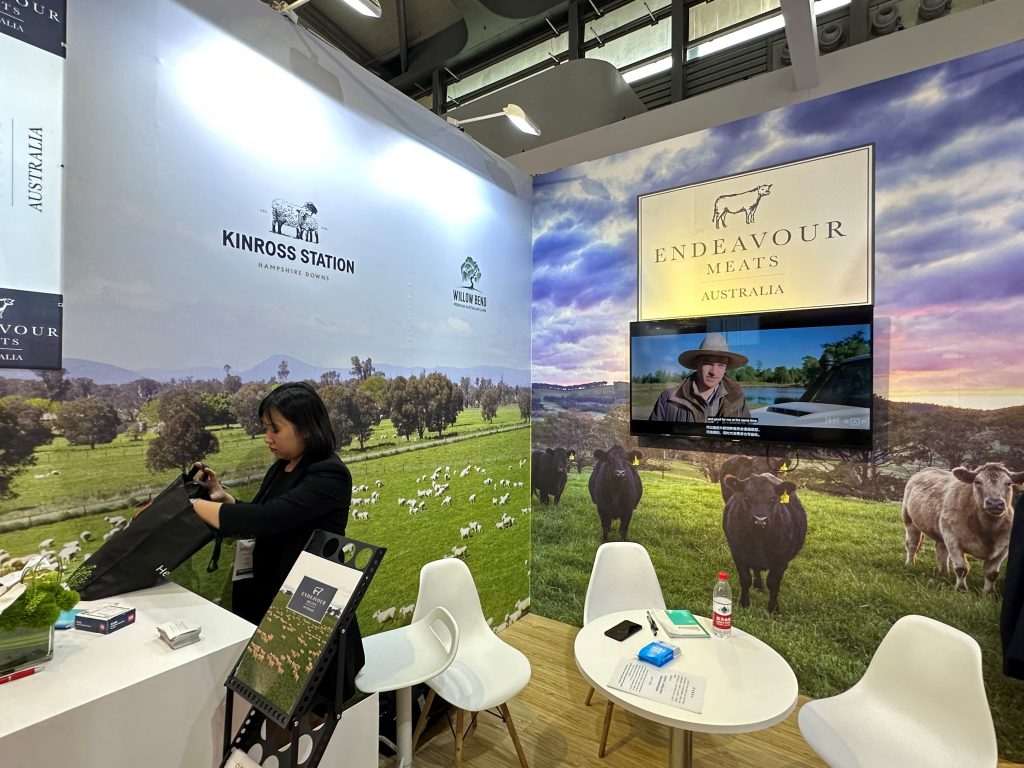Why there’s going to be pleasure in pain…
One of Australia’s leading lamb exporters once said to me ‘when the sheep flock is under 65 million, producers will always win, when it’s over that number we will do well, the bigger the flock the better for us’.
The simple fact of the matter is sheep and lamb numbers are right up, prices are diabolical and plenty of people want out, which is creating a record surge in supply and creating prices that would appear unfathomable twelve months ago.
We have covered the current issues in our newsletter:
- A potential live export ban and a dry NSW forcing a rapid turn off
- High levels of protein inventories in key markets
- Plants don’t have the labour to cope with increased supply of livestock
- Record tonnages being slaughtered
We are dealing with a perfect storm of driving forces on sheep/lamb price.
The staggering issue looming over the next short period is the lower the price gets, will mean the lower the price gets, on the basis that the weather forecasts are accurate. This dry is different, as the cost benefits of feeding potentially >$400 barley to a ewe worth $20 will see many producers simply sell down to a core flock, and in many cases total sell off, with more land moving towards cropping (and in some cases beef).
The cost benefit is also compounded by the difficulty of shearing sheep, with a cost structure to produce sheep that has escalated as seen in cost of production data. For the average sheep producer at 64 years of age (ABARE), and can’t find enough help, this could be a catalyst for change.
While for many this is/will be distressing, it is a silver lining that will force down the sheep flock rapidly. This started a few weeks ago (when farmers started to wean lambs) and will accelerate over coming months.
The rapid flock sell down, will create long term opportunities in a world that will hopefully bypass the inflationary effects of COVID, and the subsequent interest rate rises that have impacted consumer spending globally.
Secondly, lamb for the average household has fallen out of the weekly meal repertoire given its price point. For many, lamb is seen as something you only serve for special occasions. The current price levels at competitive pricing to other proteins could help our domestic consumer fall in love with lamb again and get back into weekly meals for an Australian consumer that now only consumes 5.9 kg a year.
There has been a lot of press/pressure on retailer’s current inability to pass on these prices, but it’s starting to change and we are likely to see price reductions over spring in the retail cabinet. Australian public eating lamb is a good thing, and hopefully they stick us when we increase pricing once again.
A recent trip to China SIAL trade show (it was like the Olympics for meat) where every major lamb exporter company exhibited lamb, highlighted how much high-quality beef is in the world, but more importantly it highlighted how little quality lamb exists.
There is a premium lamb shortage (defined by IMF), and it’s this that motivates us to position our clients into the next decade. Couple that with long-term cost reductions per kg (shearing particularly), we have genuinely never been more excited.
Prepare for the storm, we are weeks away from “sheep being shot” on the front page of the newspaper, but keep reminding yourself that there will be pleasure in pain.
The future for lamb is bright.

